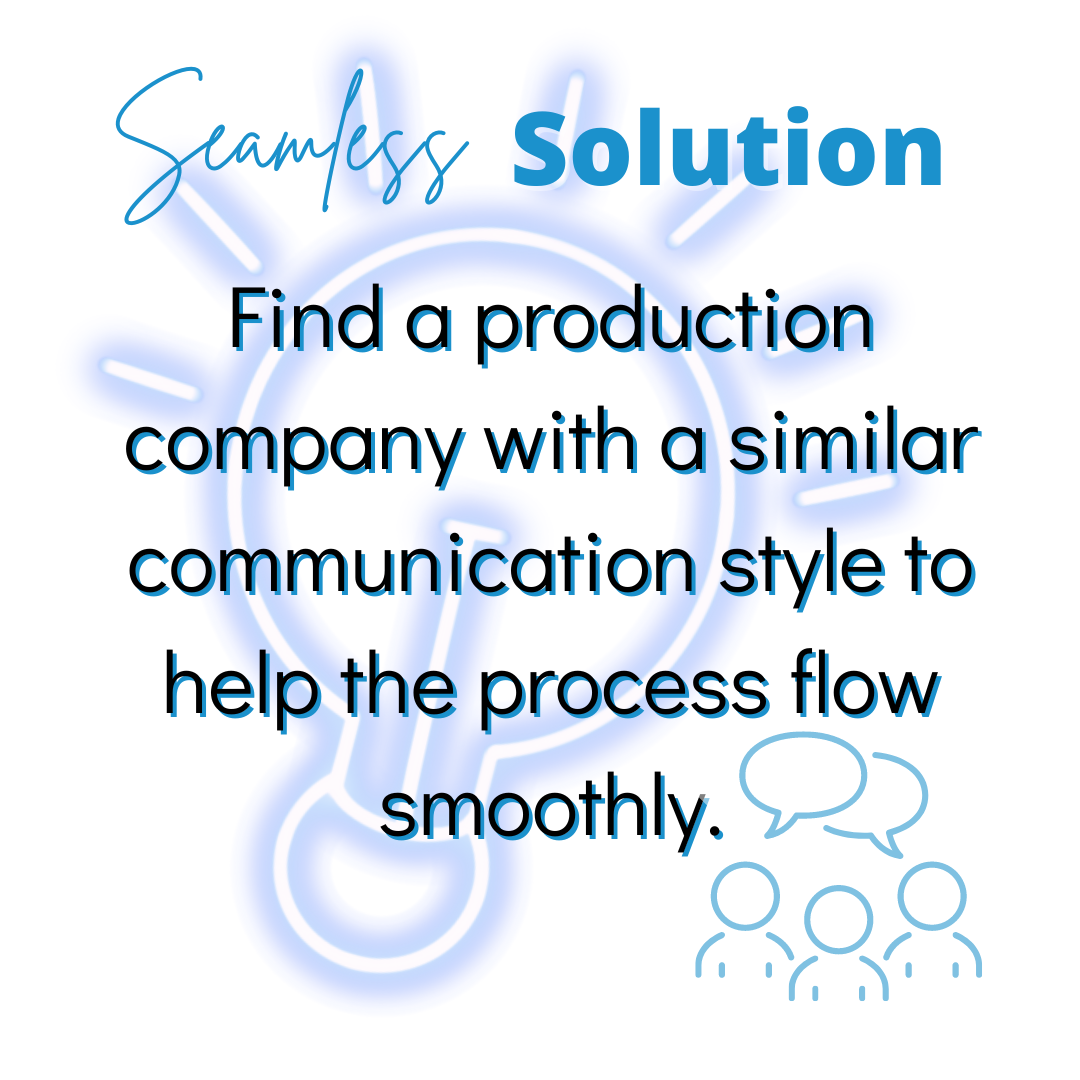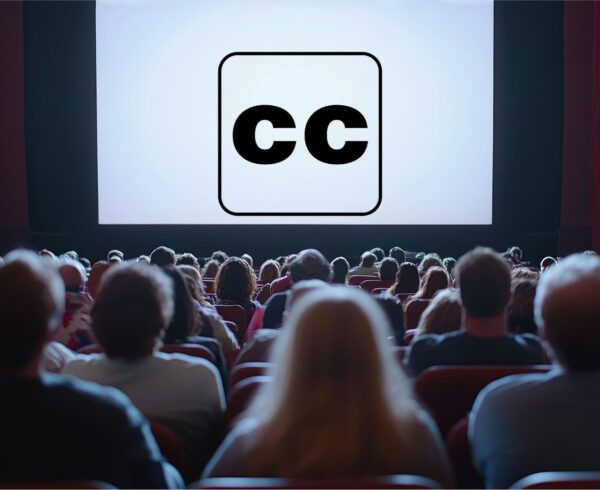Shedding Light is a series designed to take the mystery and overwhelm out of large-scale and corporate A/V; and maybe even make it fun!
Dig, if you will, this picture: You’ve been tasked with throwing an event for a few thousand people in Boston. The keynote speaker, known for being the C.E.O. of extra, has laid out some requests for you.
They want to enter by descending from the ceiling on a cloud, speak for 45 minutes using multiple screens, and then have a 150 person choir appear on stage to close out with a song medley.
You’ve got the budget, expectations, and a pinterest board filled with inspo pics; but no idea how to make a human fly anywhere (much less “on a cloud”) and no idea where to start.
Most of you would head to Google, but what do you even search for?
- “Lower boss from ceiling?”
- “Make a cloud Boston?”
- “Production company help being extra?”
It can be overwhelming.

We’ve heard this story before; it’s one our clients tell us all the time. We hear confusion about where to start, frustration with a process they don’t understand and bids they can’t read, and the feeling that they’re being shuffled along in the process rather than being truly collaborated with.
We believe clients and AV companies are actually partners in production. Communication is key to a great partnership and it’s where a great production relationship starts too.
The number one “pro-tip” we have is to find a production company that has a communication style you’re compatible with.
Are they responsive?
Do they understand your vision and goal?
Can they speak your creative language?
Are they ready, willing , and able to support the CEO of extra? Are they ready, willing, and able to say no when it’s needed and explain why?
Having a compatible communication style will help you get through the next phase of things more smoothly.

You’ll need to sit with them and talk about your event in order for them to give you a quote.
It’s likely that your first instinct is going to be to talk about stage decor. The CEO of extra has a vision to fulfill, after all.
People tend to think of A/V as just making things look and sound cool – which, we’re not about to lie, is absolutely everyone’s favorite part – but we’re so much more than stage decor and having enough lavaliers for a surprise choir.
We’re responsible for safety; which might mean anything from rigging that cloud to running around backstage with rolls of glow tape to make sure all 150 members of that choir make it to their spots safely in the dark.
We’re responsible for logistics; which could mean people wrangling and pipe and drape just as easily as it could mean pep talks and Pepto Bismol.
Properly done audio just works and you don’t even think about it, but when it goes wrong it brings entire events to a screeching halt – sometimes literally.
Most of this isn’t stuff you, or the CEO of extra, are likely to be able to articulate. It’s not your arena.
You’ve got the vision. You need a production partner with the technical skills to make it happen and the communication skills to ask you about that vision effectively. If you don’t know what pipe and drape is, for example, having a company ask you how many feet of pipe and drape you need isn’t likely to get an accurate answer.
Are they asking you what equipment you need, or are they asking you what’s going on during the event and how you want it to feel?
If you speak tech, and they speak tech, is there someone aboard who can translate everything for the CEO of extra?
By the end of that initial conversation, both you and the production company should be comfortable that you understand one another.
What comes next will be a quote that’s likely to be filled with all sorts of hardware specs and measurements you may not understand just by looking at it, but the production team should be able to explain by walking you through how it relates to your vision.
They should also be able to make recommendations on where to cut if you’re over budget and where you could plus up the production for maximum impact – especially knowing the client is the CEO of extra.
In our next installment we’ll go over what one of those impossible-to-read quotes might look like and translate it into regular human speak for you.
Sign up for the newsletter to make sure you don’t miss it!







